

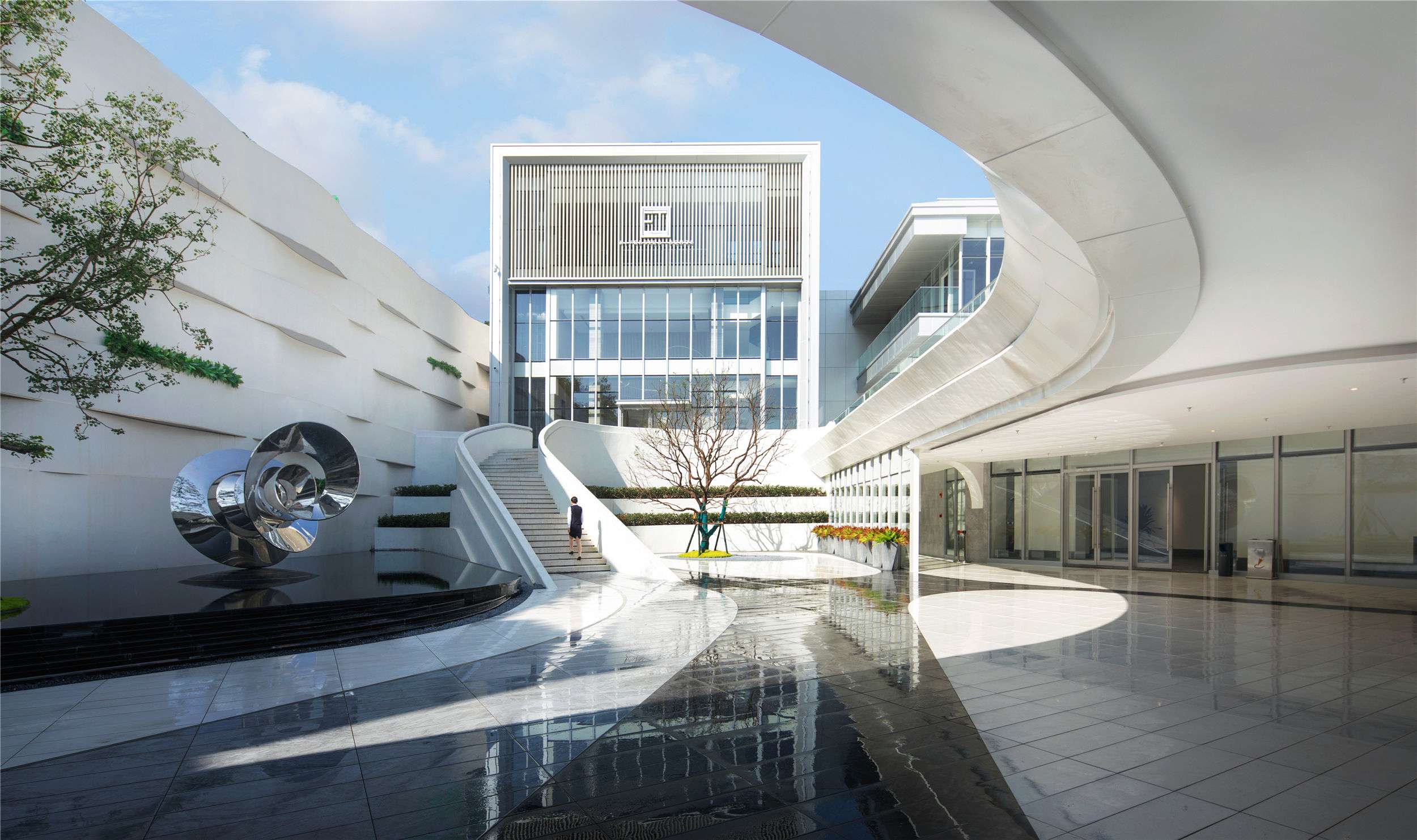

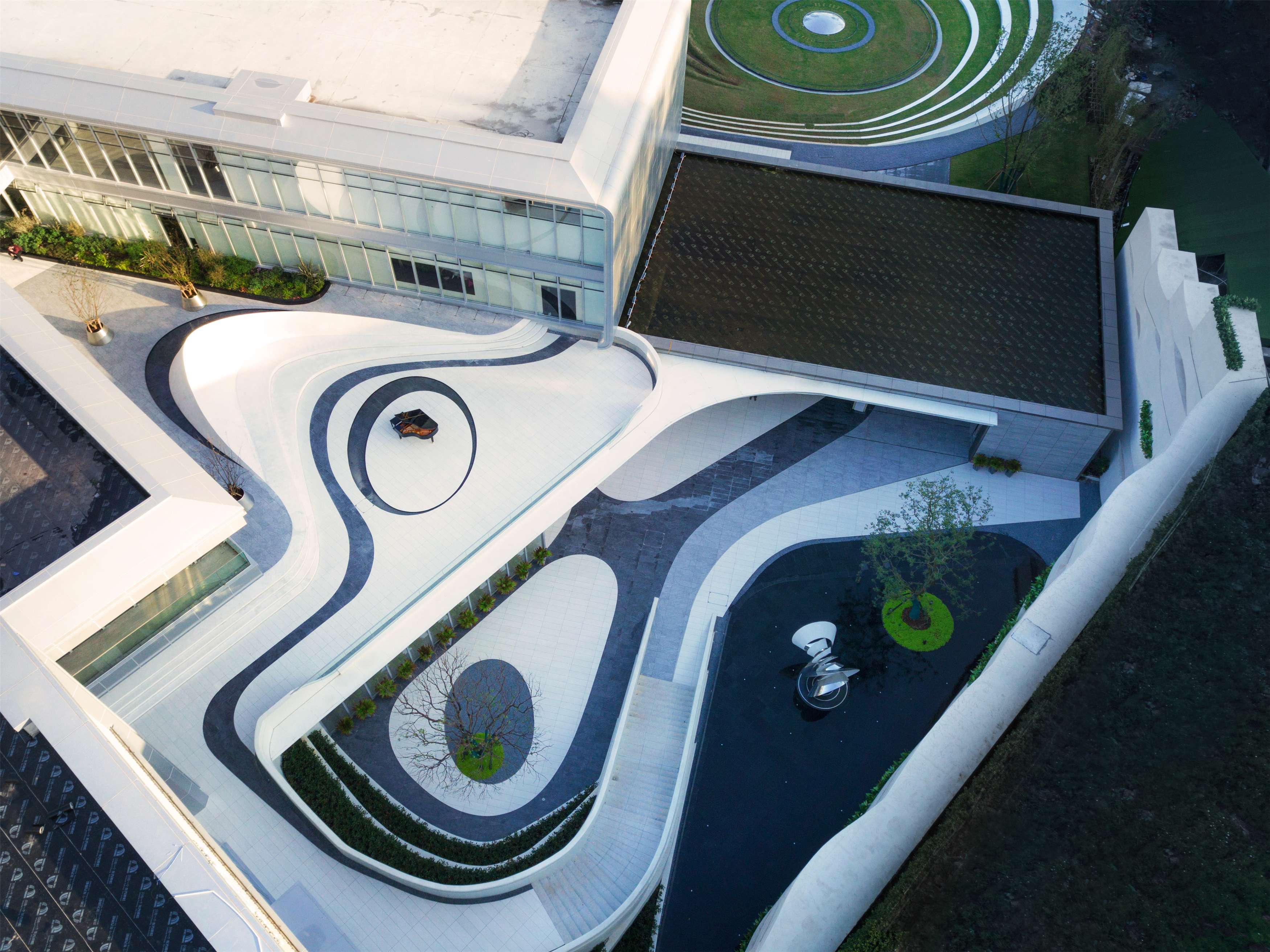
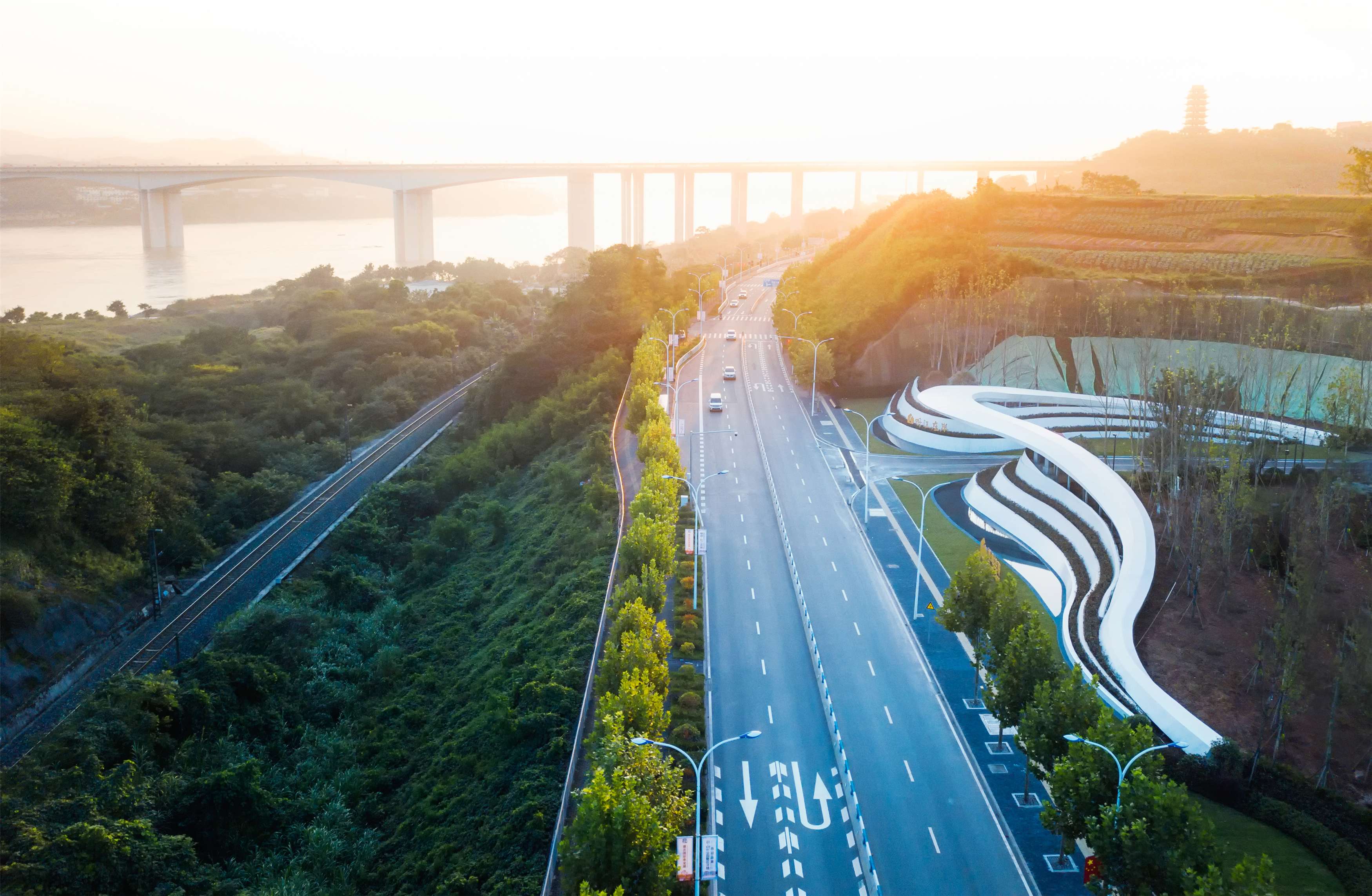
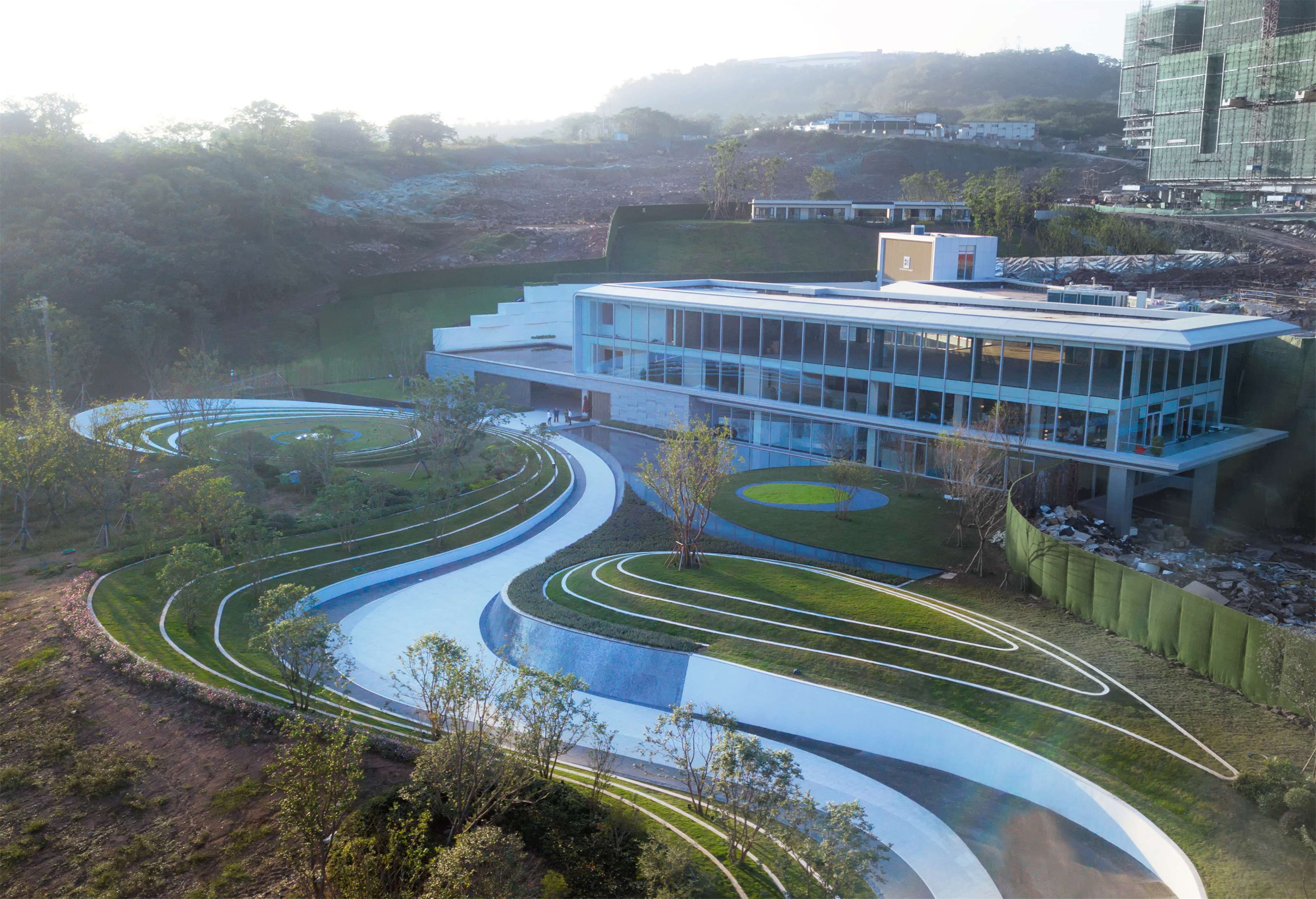
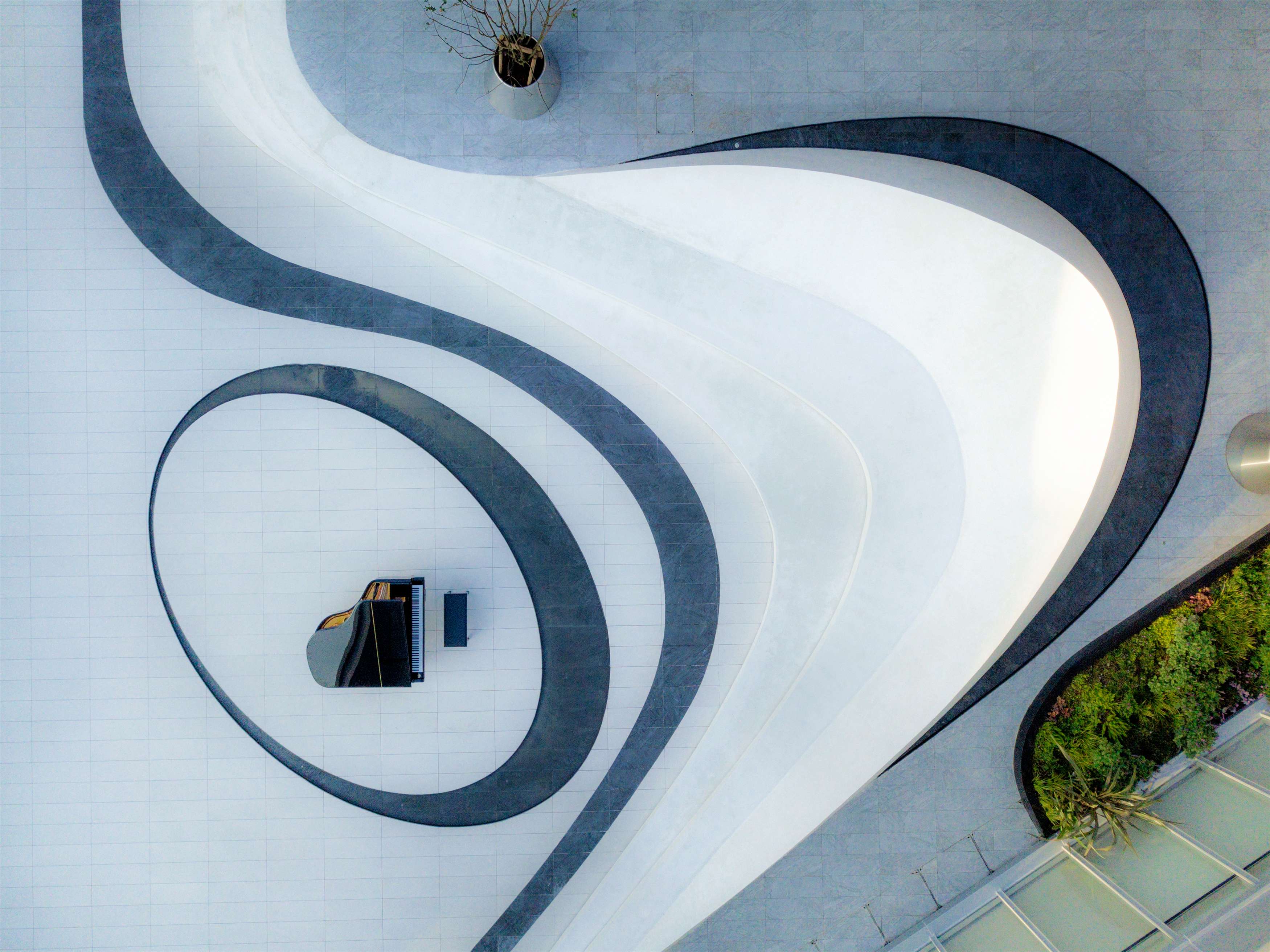
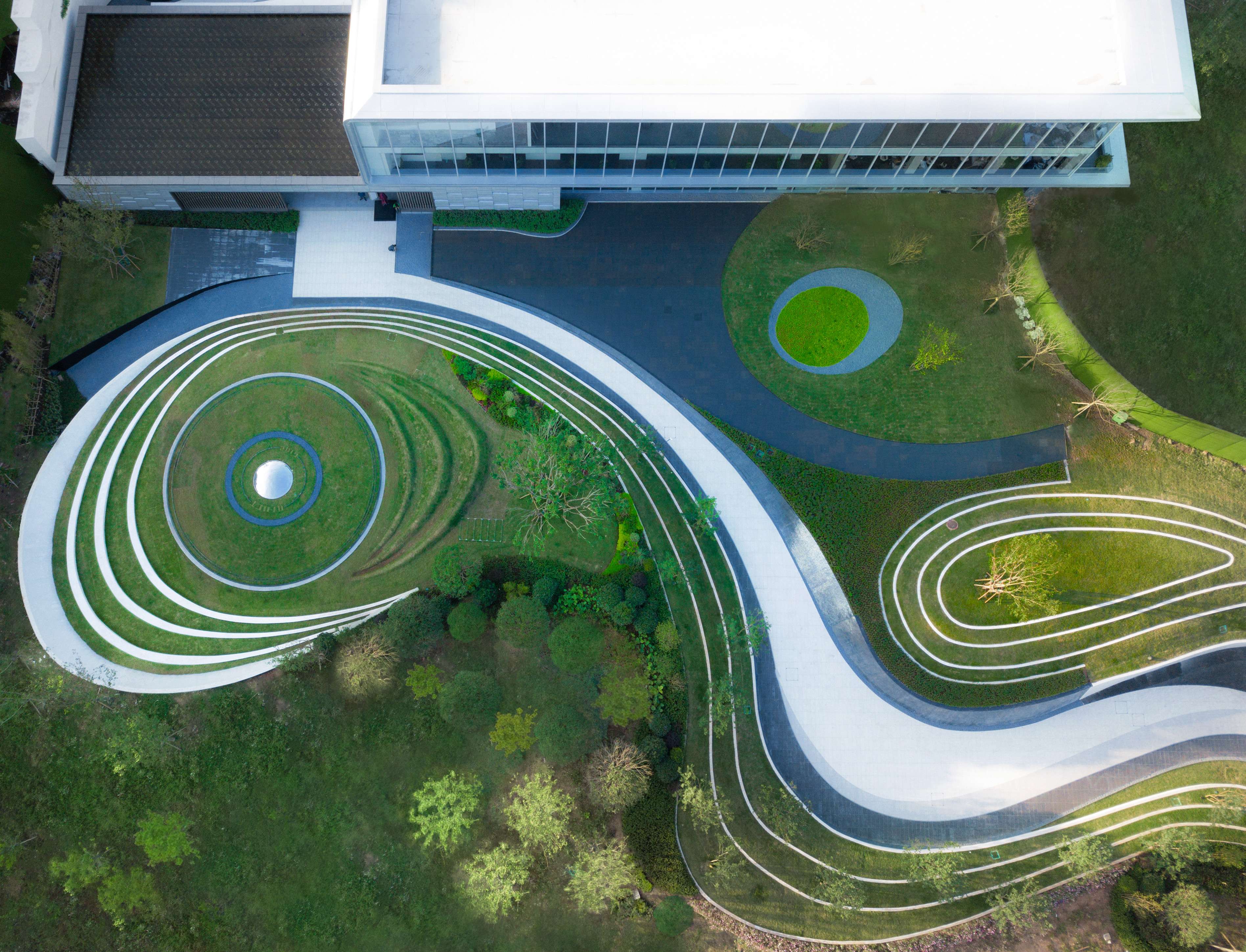
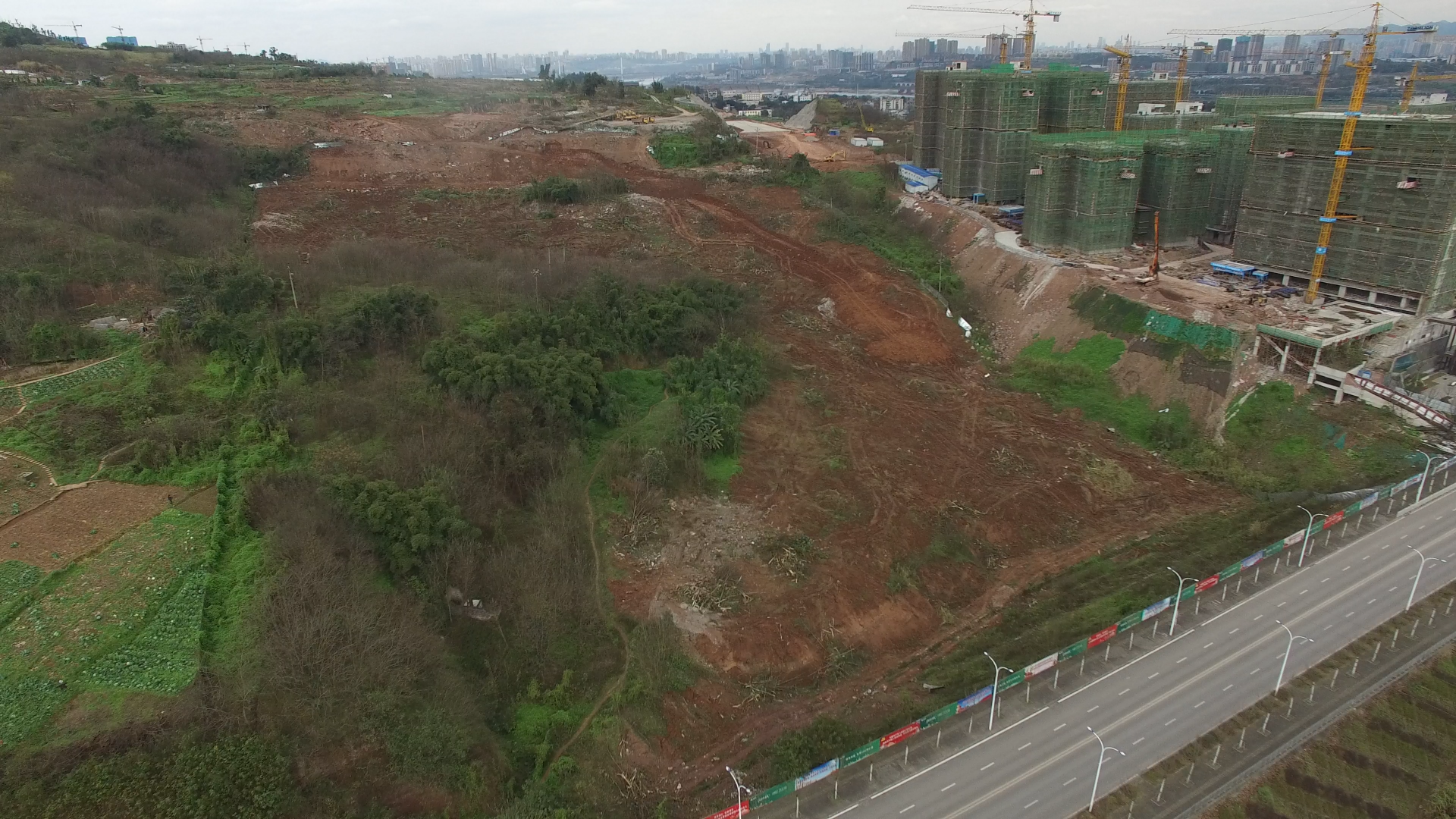
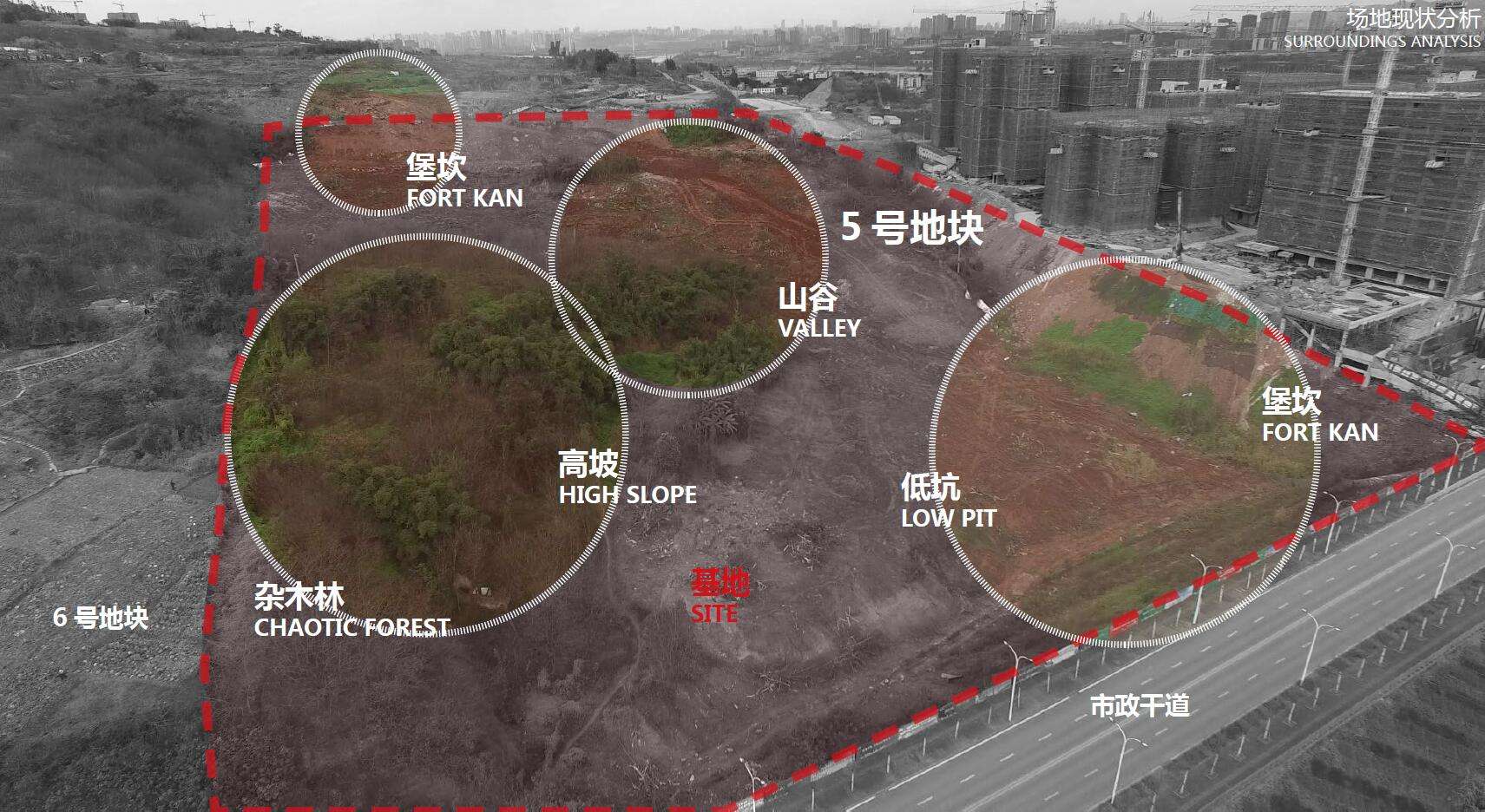
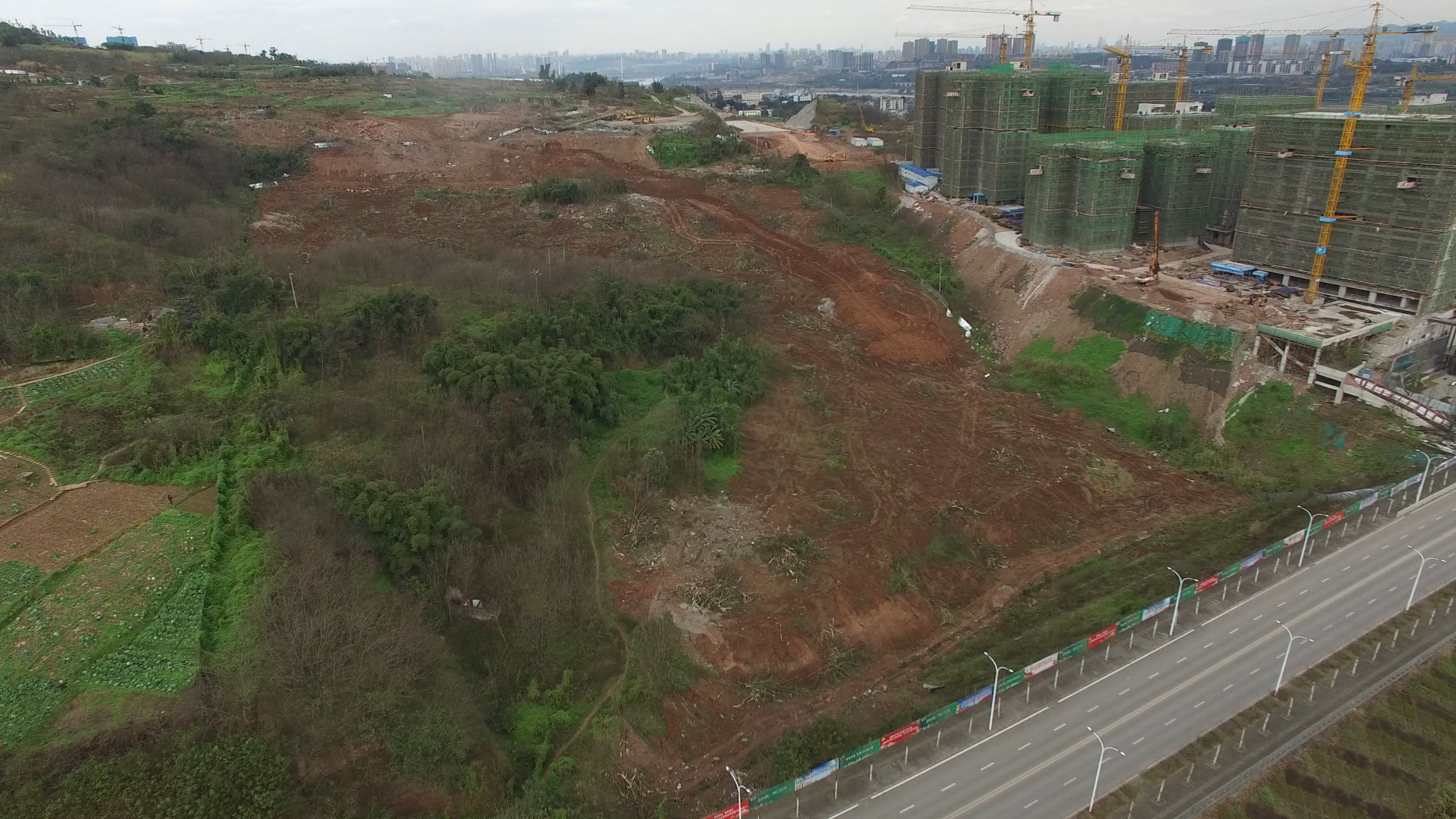

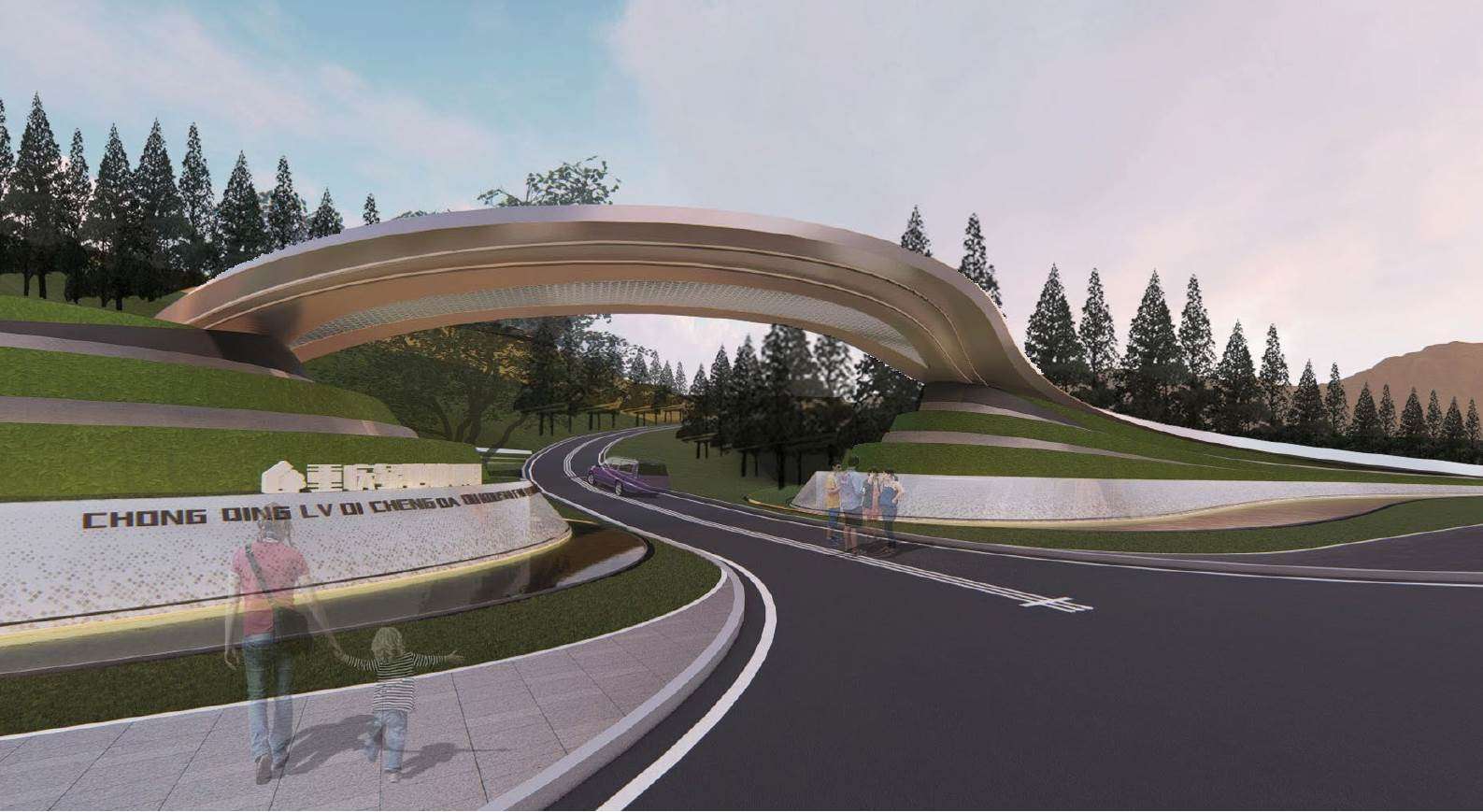
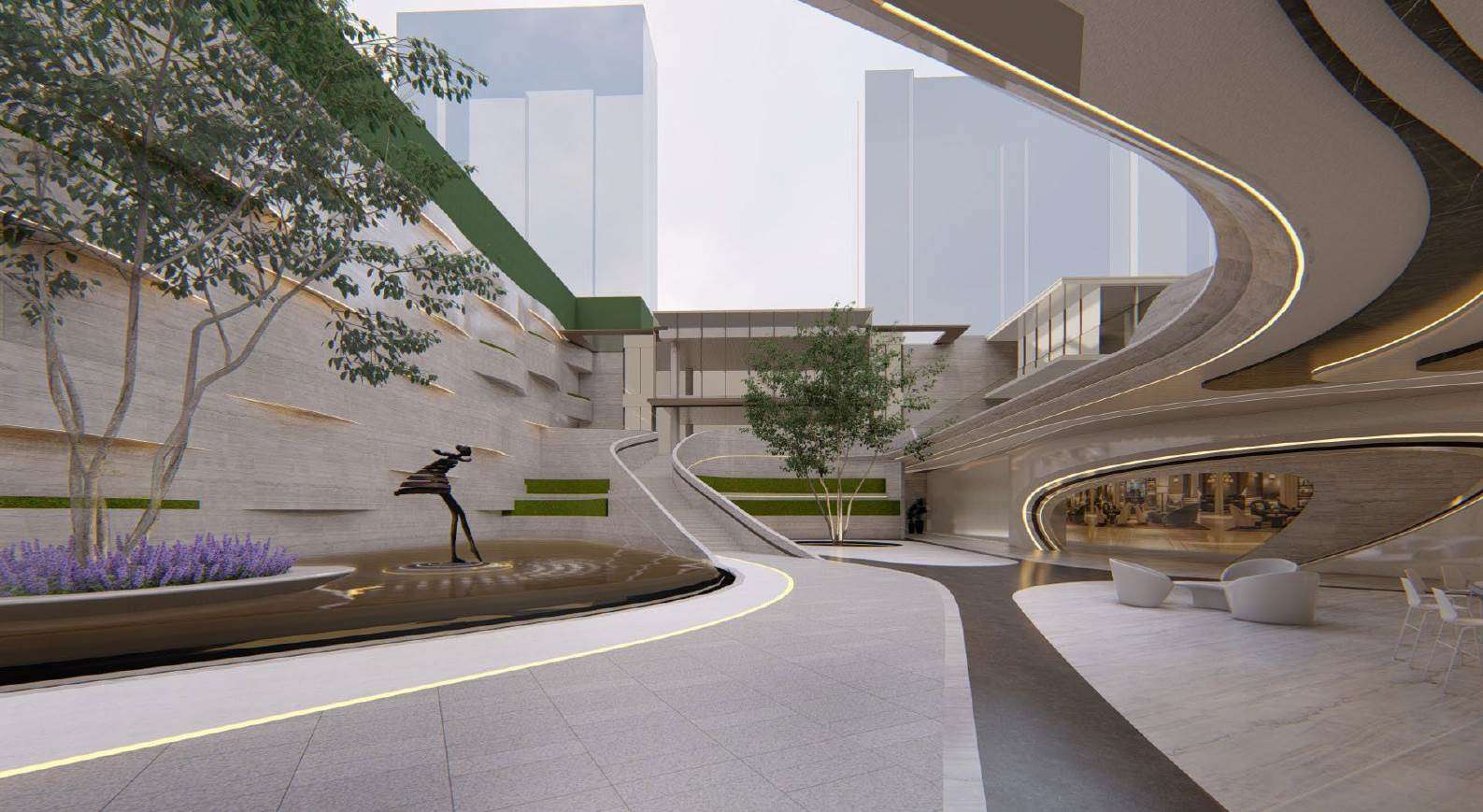
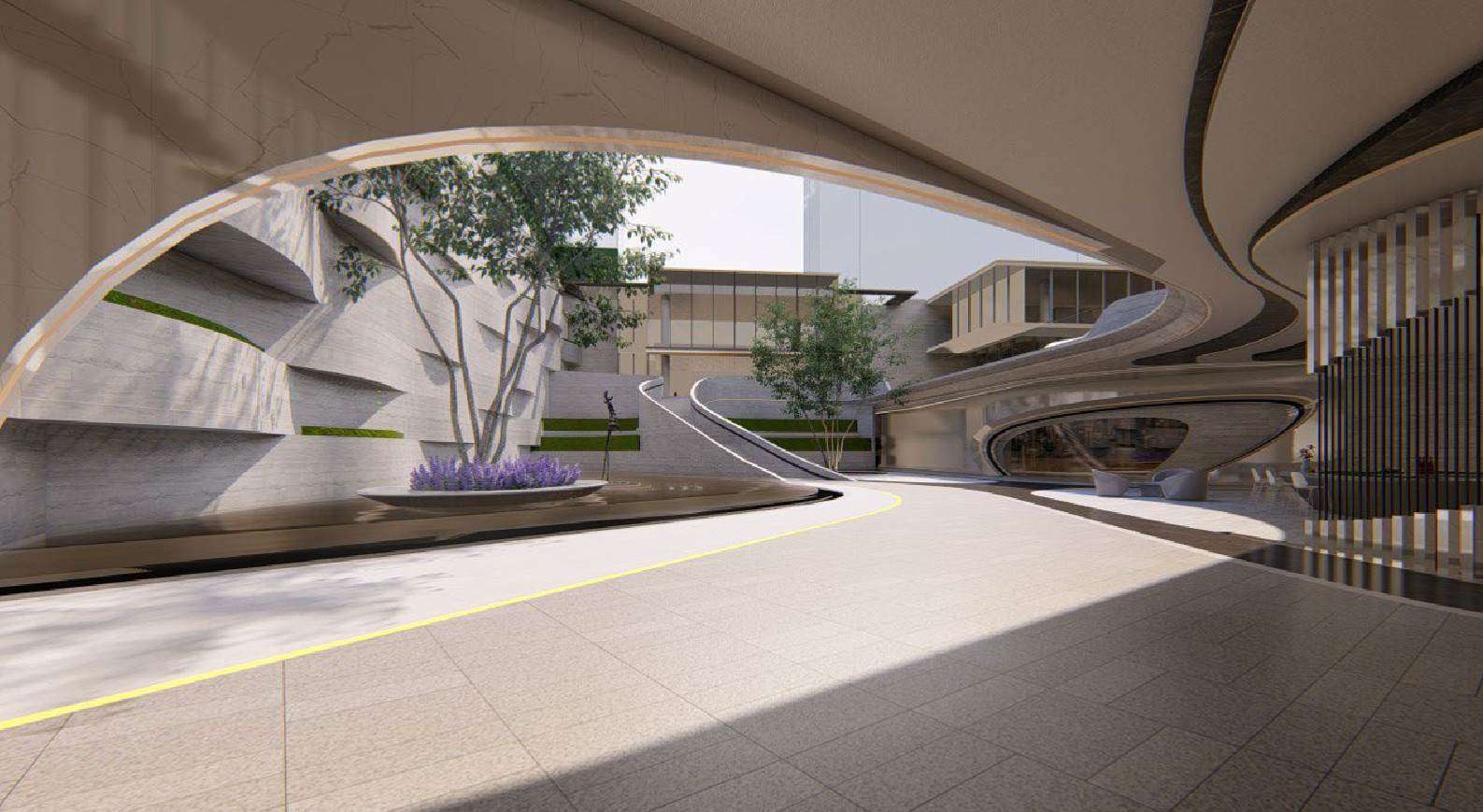
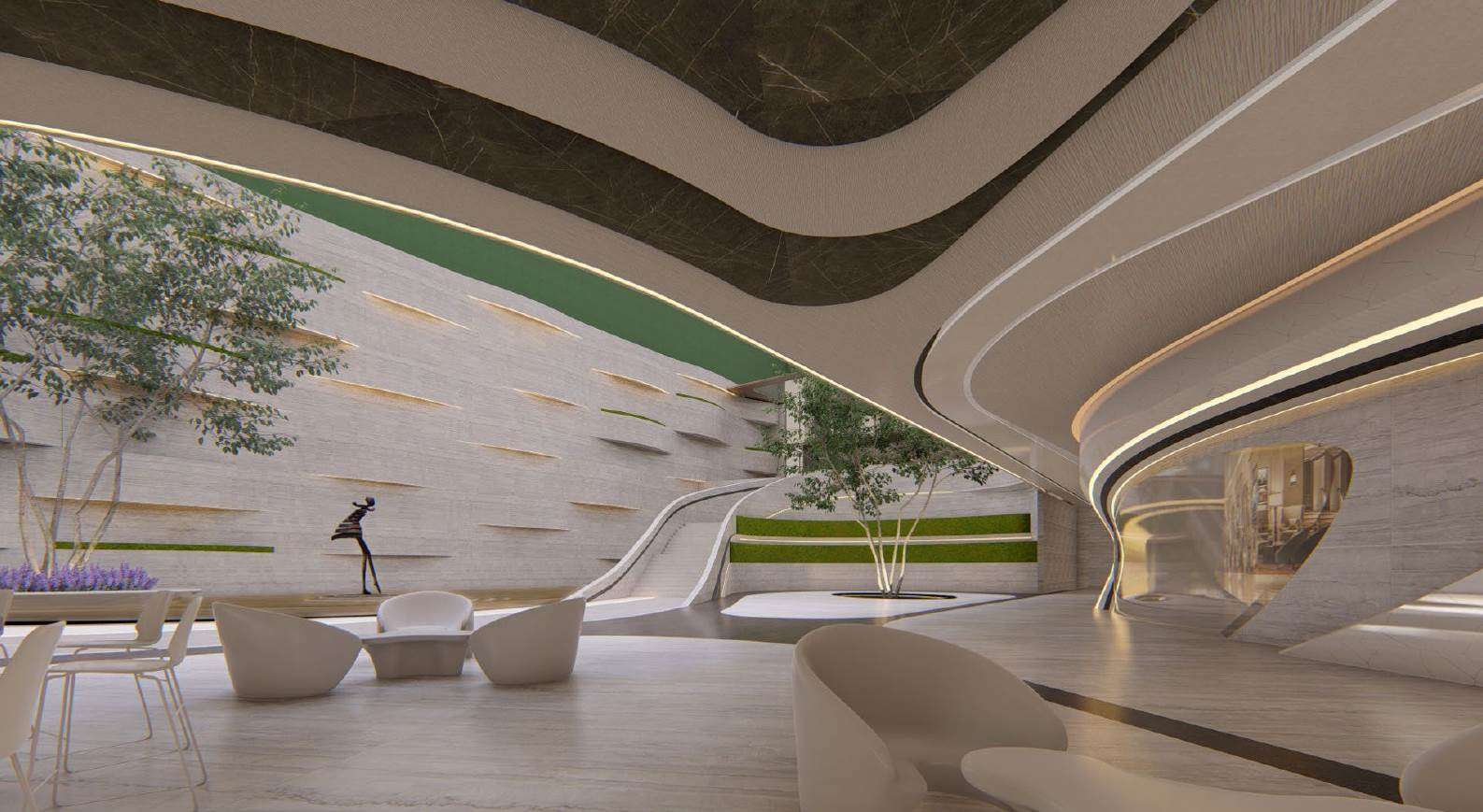
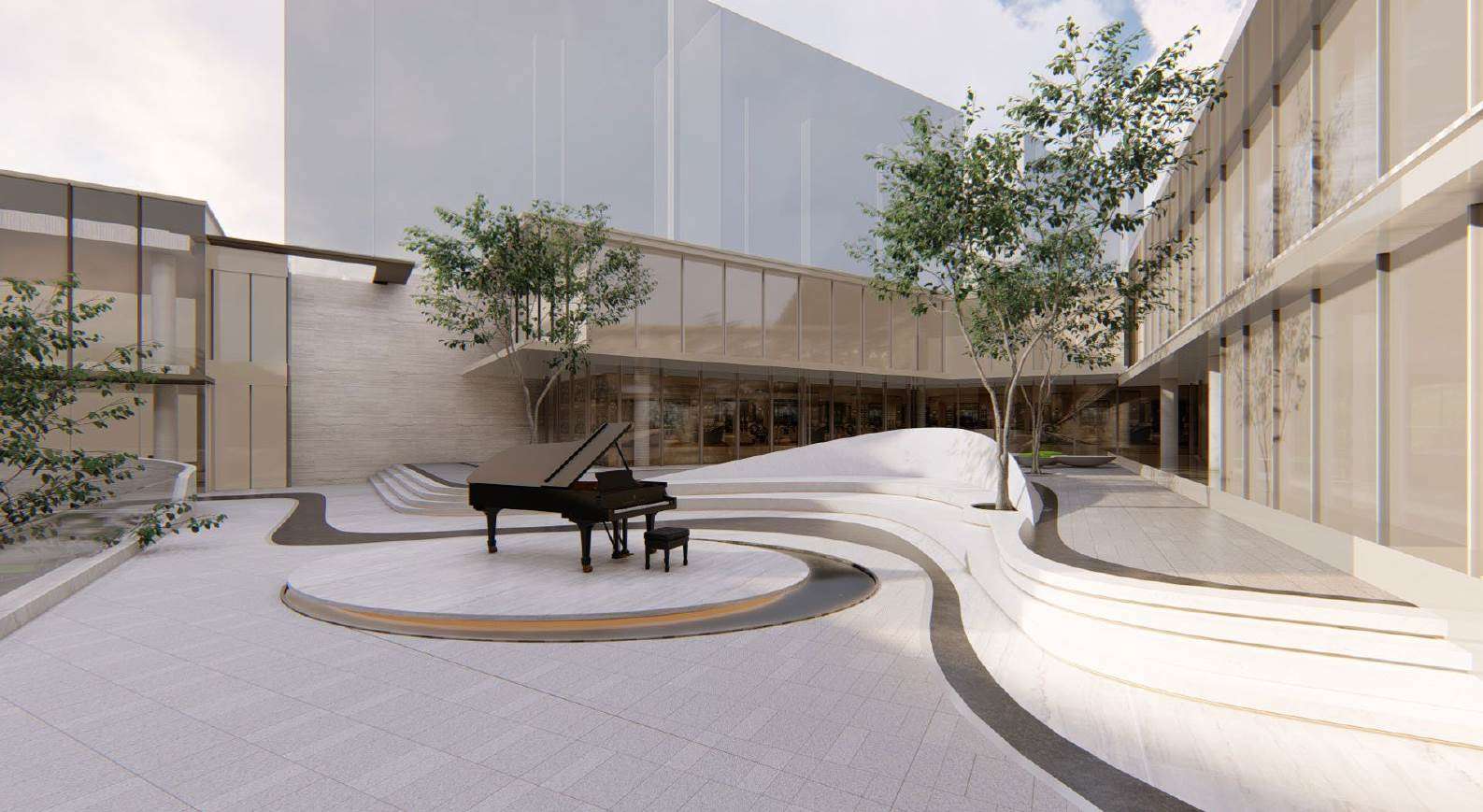

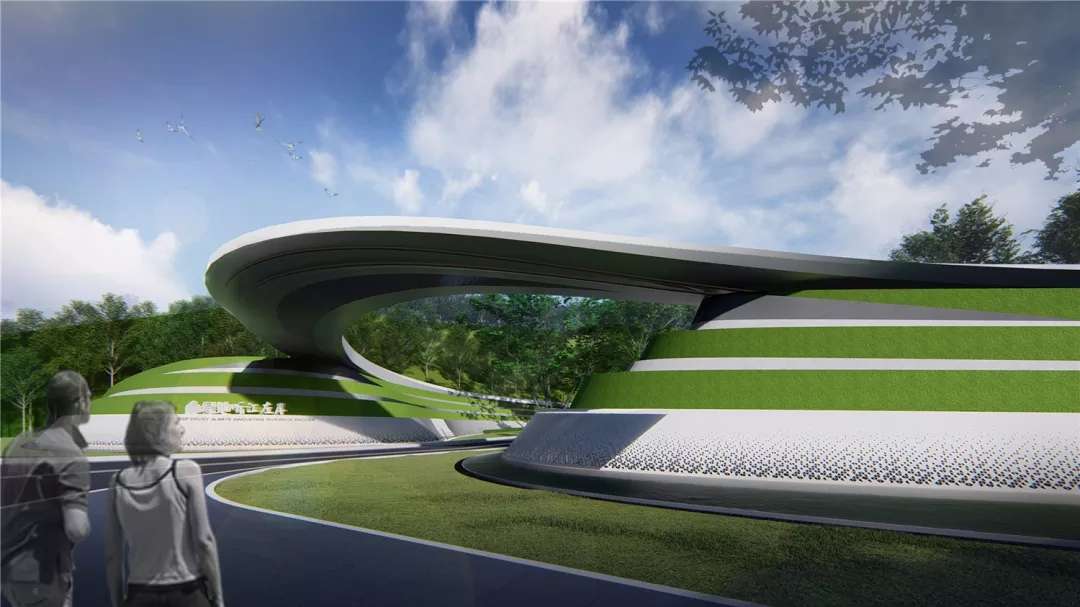


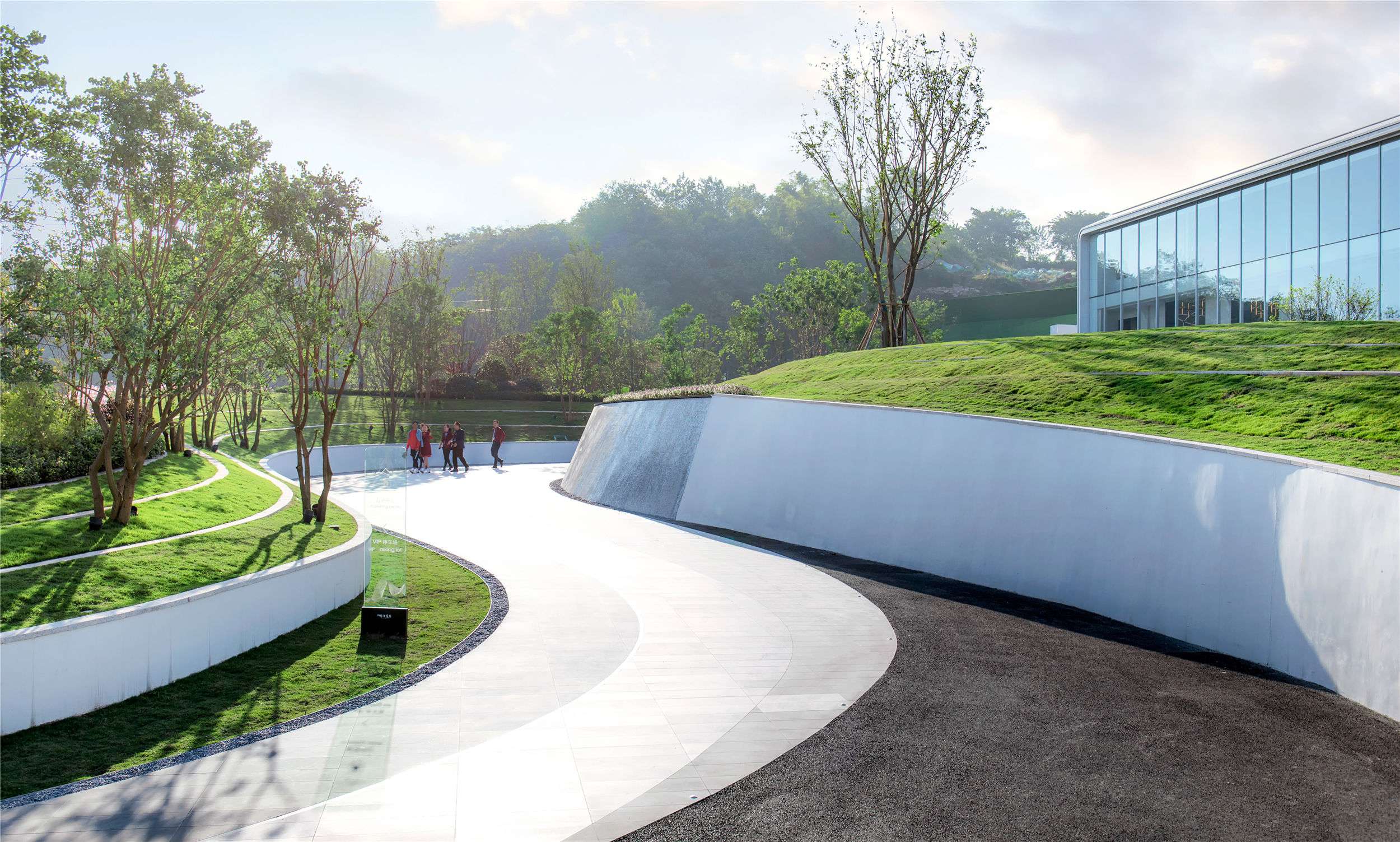
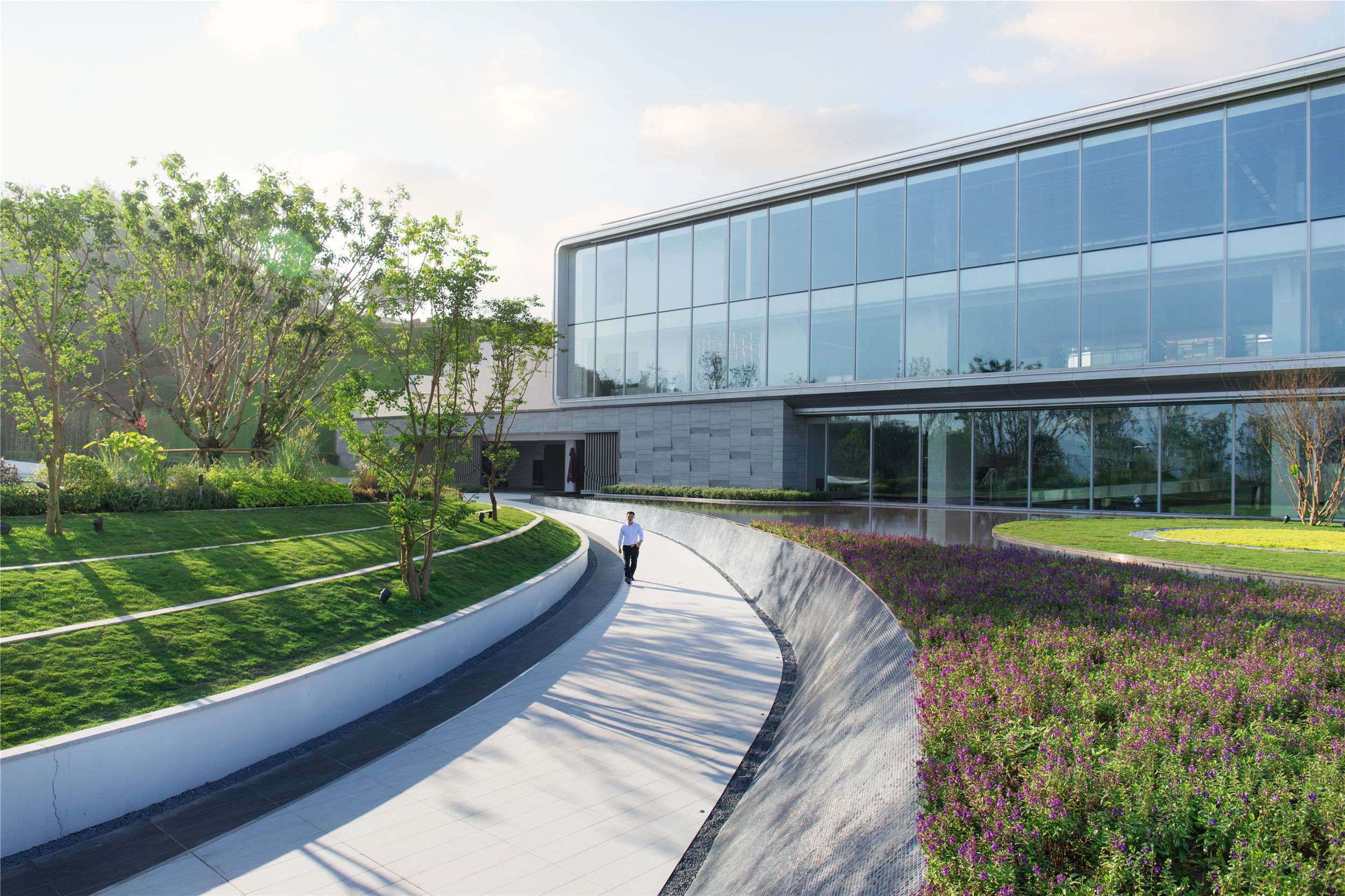
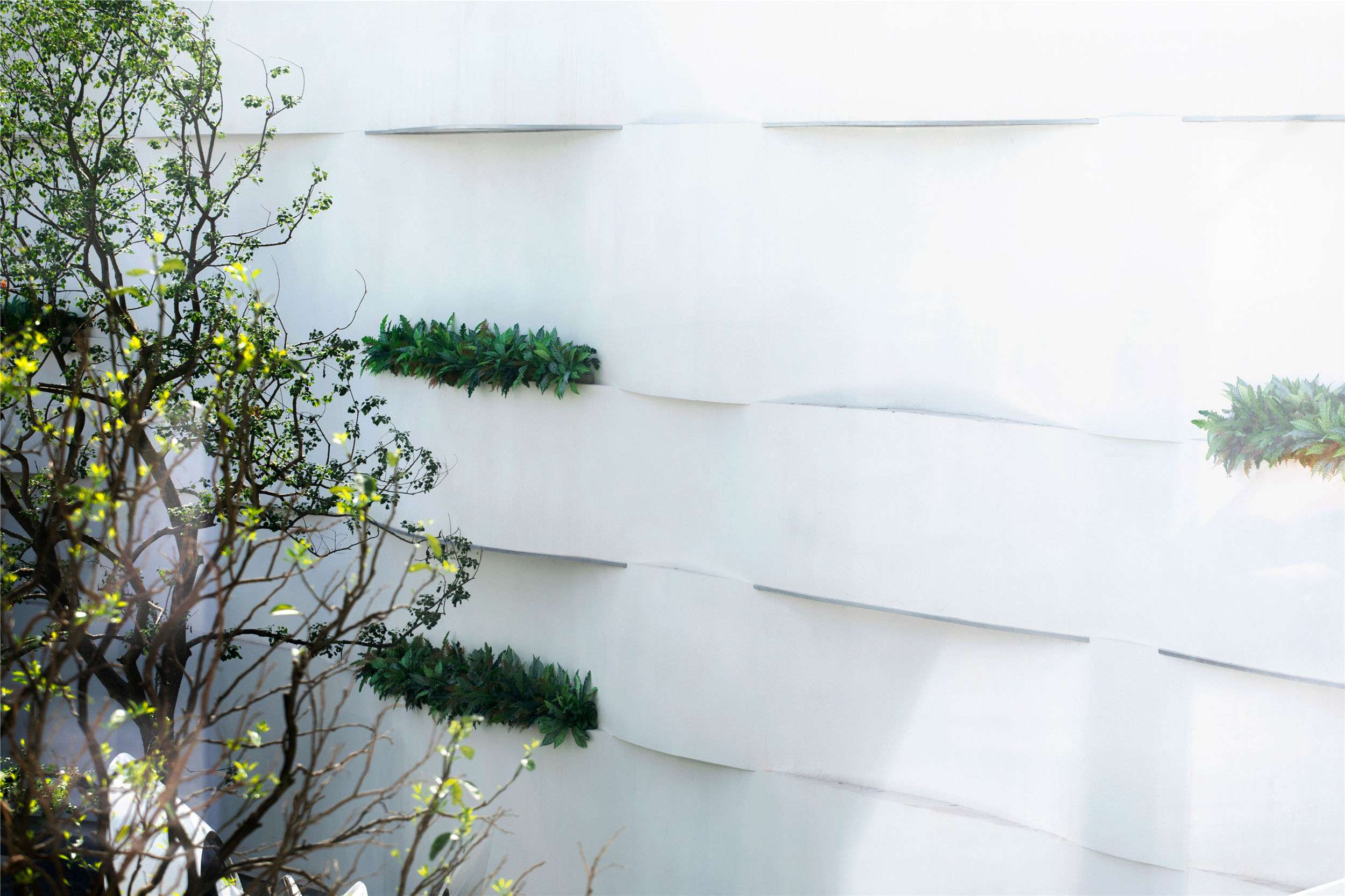
Newprojecte_rosa_barba
Tingjiang ZuoAn Art Center
Tingjiang ZuoAn Art Center
At present, the concept of Open-space is bringing new vitality to modernization construction, and we need to use this concept to activate our understanding of the city. Open urban space brings about the variability of space conversion and utilization, flexible site and changeable spatial structure, not only the intensive integration of land development resources, it is also an effective means to reduce pollutant emissions. It has positive impact on ecological environment and resource protection. Diaoyuzui Peninsula, where the famous Riverside Echoes Music Arts Center lies, is one of them. We try to connect the past and present of the city by music, remind people of the lost memories and save the endangered folk music. We try to connect the past and present of the city by music.And the use of highly artistic rain and LID management technology to achieve dynamic management, to achieve the function of flexible landscape.
The flowing notes are transformed into beautiful lines. Complex riverside spaces, it`s as an open urban space in the early stage. The comprehensive functions of culture and education, historical heritage, tourism and leisure make this space stimulate the vitality and interaction opportunities of citizens' participation. The comprehensive function makes this space stimulate the vitality of citizen participation and the opportunity of interaction.The music gallery allows people to have an experience of the folk music and remind people the old memories behind. The reinterpretation of local culture and tradition is not only about the past and the present, but also means the birth of a new riverside culture.
As a space conversion and utilization, it will be transformed into a school of music and art education in the later period. The original open space will be used as an open urban performance stage, a venue for music market, art and music performance and education classroom, to realize the free conversion of the venue, and make a positive impact and practical case on the ecological protection and energy consumption of the construction site.
Located in inland China and featuring unique landscape resources, Sichuan Basin has developed a distinct Ba-Shu Culture. In the east of the Basin where the Yangtze River meets the Jialing River, people live and work generation after generation, gradually shaping their own culture, tradition as well as music. The folk songs carry the memories of the city, and Chuanjiang haozi (labour songs) is one of them, which is a form of folk singing led by a labor singer and accompanied by boatmen, in order to unify action and rhythm. It is not only a part of local culture but also a kind of auditory arts that belongs to national intangible cultural heritage. However, the rhythm has been dying out since 2003 when the Three Gorges Dam was put into use. In the information era, when traditional culture loses its root, everything will come to an end just like the river runs into the sea and never comes back. Chongqing, a city located in the east Sichuan, is surrounded by steep mountains and two rivers, along which are many beaches and peninsulas. Diaoyuzui Peninsula, where the famous Riverside Echoes Music Arts Center lies, is one of them. We try to connect the past and present of the city by music, remind people of the lost memories and save the endangered folk music. Therefore, we’ve done much research on this traditional folk music and applied the musical elements to our design.
